Assessing The Risks Of Asteroid Mining Missions

Introduction
Asteroid mining has emerged as a potential solution to address resource scarcity on Earth and pave the way for future space exploration. As humans venture deeper into our solar system, the need for resources such as water, metals, and rare minerals becomes increasingly crucial. However, asteroid mining missions come with their fair share of risks and challenges that must be carefully assessed before embarking on such endeavors.
Understanding Asteroid Composition and Characteristics

Types of Asteroids
Asteroids can be broadly categorized into three main types based on their composition: carbonaceous, silicate, and metallic. Each type presents its unique challenges and rewards for mining purposes.
Size and Distance Considerations
Assessing the risks of asteroid mining involves evaluating the sizes and distances of potential mining targets. Smaller asteroids may prove more manageable but may offer limited resources, while larger bodies carry more potential but pose greater challenges in terms of extraction and transportation.
Orbital Analysis and Trajectory Calculations
Accurate orbital analysis and trajectory calculations are essential for successful mining missions. Variations in an asteroid's orbit, rotation, and spin rate must be thoroughly understood to ensure safe and efficient operations.
Mitigating Mining Risks: Technical and Technological Challenges
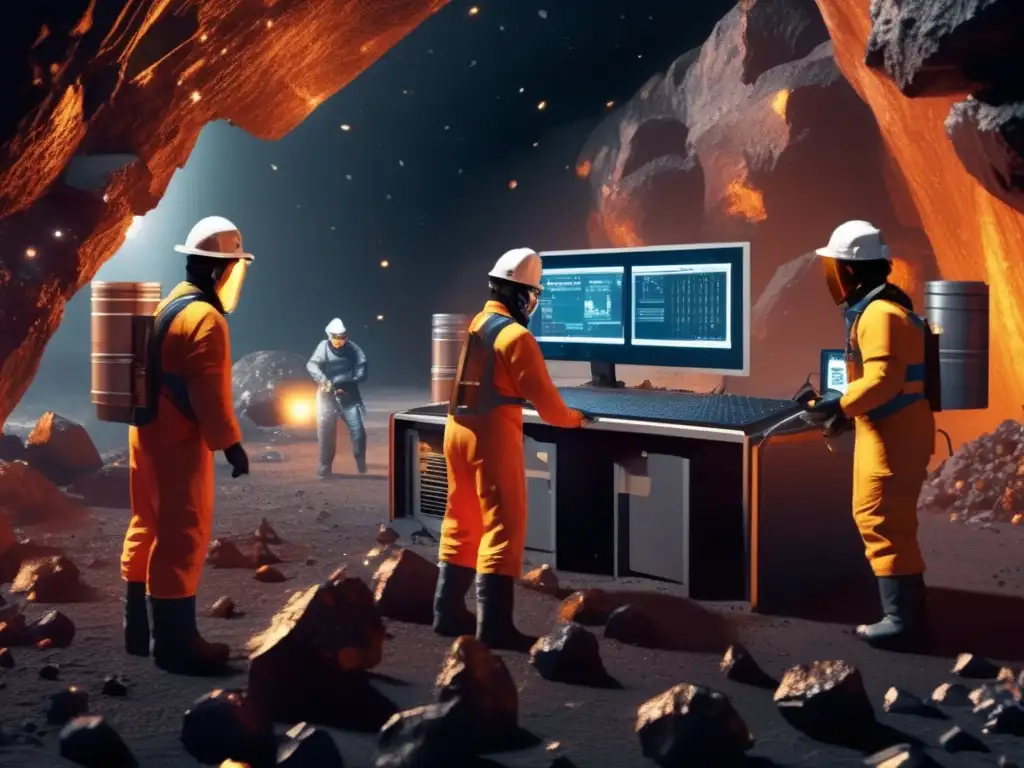
Spacecraft Design and Mining Equipment
The design of spacecraft and mining equipment must be tailored to handle the harsh conditions of space and effectively extract resources from asteroids. Developing robust and autonomous systems is crucial to minimize risks and ensure mission success.
Exploration and Prospecting
Prior to initiating mining operations, thorough exploration and prospecting missions are necessary to identify the most valuable and accessible asteroids. Remote sensing techniques, such as spectroscopy and thermal imaging, play a vital role in assessing the resource potential of asteroids.
Regulatory and Legal Frameworks
The risks associated with asteroid mining extend beyond the technical realm. International cooperation and the establishment of strong regulatory and legal frameworks are crucial to address issues such as property rights, liability, and sustainability.
Environmental Considerations and Ethical Concerns
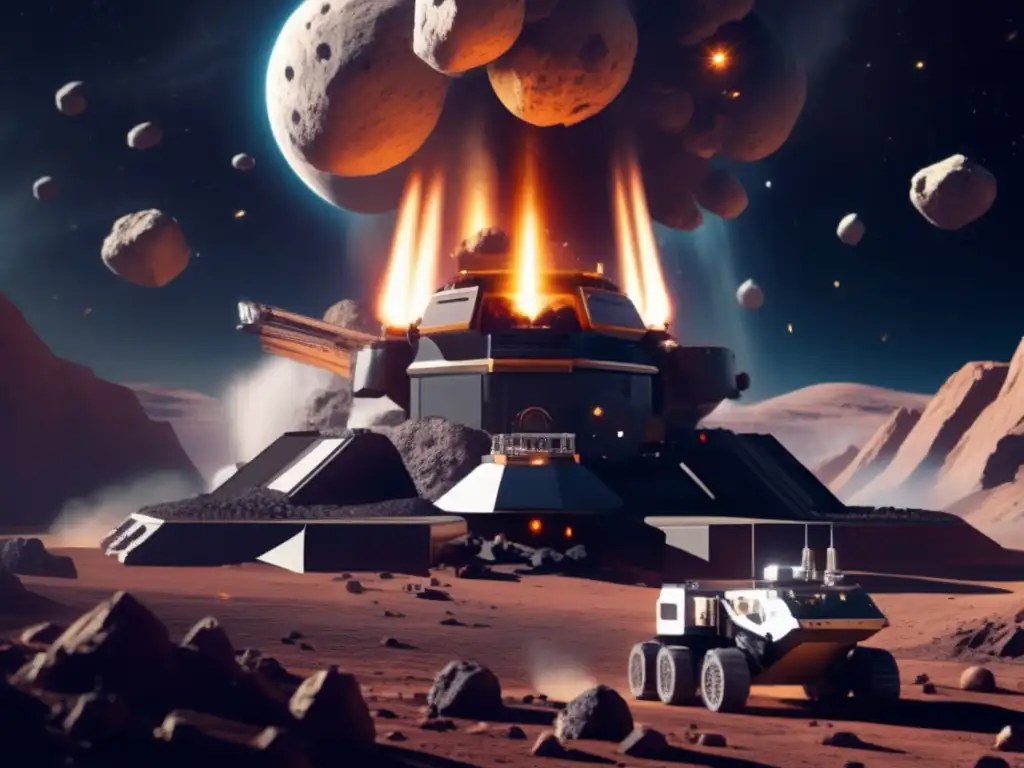
Space Debris and Collision Risks
Mining activities on asteroids have the potential to generate space debris and increase collision risks for future space missions. Implementing proper cleanup measures and adopting responsible mining practices are essential to mitigate these risks.
Ethical Mining Practices
As asteroid mining becomes a reality, it is vital to prioritize ethical mining practices that consider the preservation of celestial bodies and the equitable distribution of resources. Sustainable extraction methods and responsible resource allocation should be at the forefront of asteroid mining operations.
Public Perception and Engagement
Addressing public concerns, promoting transparency, and engaging in open dialogue regarding the risks and benefits of asteroid mining can help build trust and acceptance among stakeholders, including the general public and environmental organizations.
Frequently Asked Questions
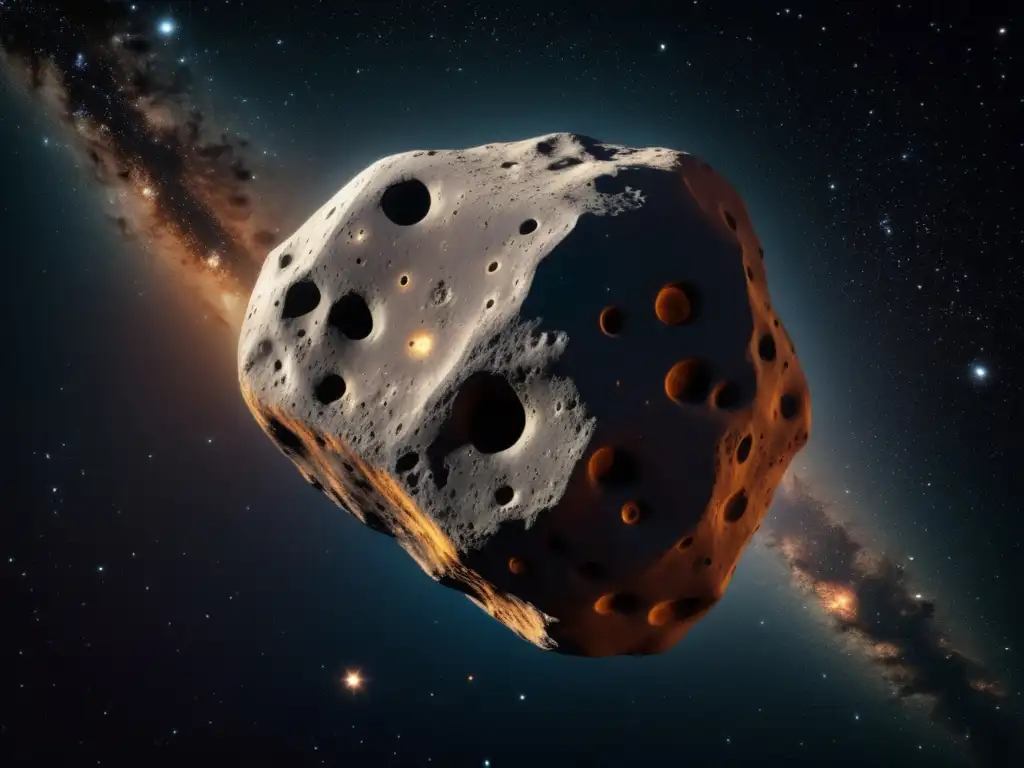
-
What is the potential economic value of asteroid mining?
Asteroid mining has the potential to unlock trillions of dollars' worth of resources, including precious metals and rare minerals.
-
Are there any laws governing asteroid mining?
The legal framework surrounding asteroid mining is still evolving. Several countries and international organizations are actively working on establishing regulations for mining activities in space.
-
Can asteroid mining help address resource scarcity on Earth?
Yes, asteroid mining can provide a sustainable and renewable source of resources, reducing the strain on our planet's finite reserves.
-
What are the potential risks of space debris generated by asteroid mining?
Mining activities on asteroids can contribute to space debris. Proper cleanup measures and responsible mining practices are necessary to avoid potential collisions and long-term environmental consequences.
-
How can the public get involved or stay informed about asteroid mining?
Several organizations and initiatives provide opportunities for public engagement and information sharing regarding asteroid mining. You can follow reputable space agencies and join discussions on related forums and social media platforms.
Conclusion
Assessing the risks of asteroid mining missions is crucial to ensure the safety, sustainability, and success of such endeavors. From understanding asteroid composition and characteristics to mitigating technical challenges and addressing ethical concerns, a comprehensive approach is necessary. By carefully evaluating these risks and implementing proactive measures, humanity can harness the potential of asteroid resources while minimizing adverse impacts. Join the discussion at Asteroid Realm to learn more about the fascinating world of asteroid mining.
Encourage the reader to share their thoughts in the comments section and to positively interact with www.asteroidrealm.com, whether by subscribing, sharing the article on social networks, or other forms of participation. Thank the reader for their time and attention.
Additional Resources
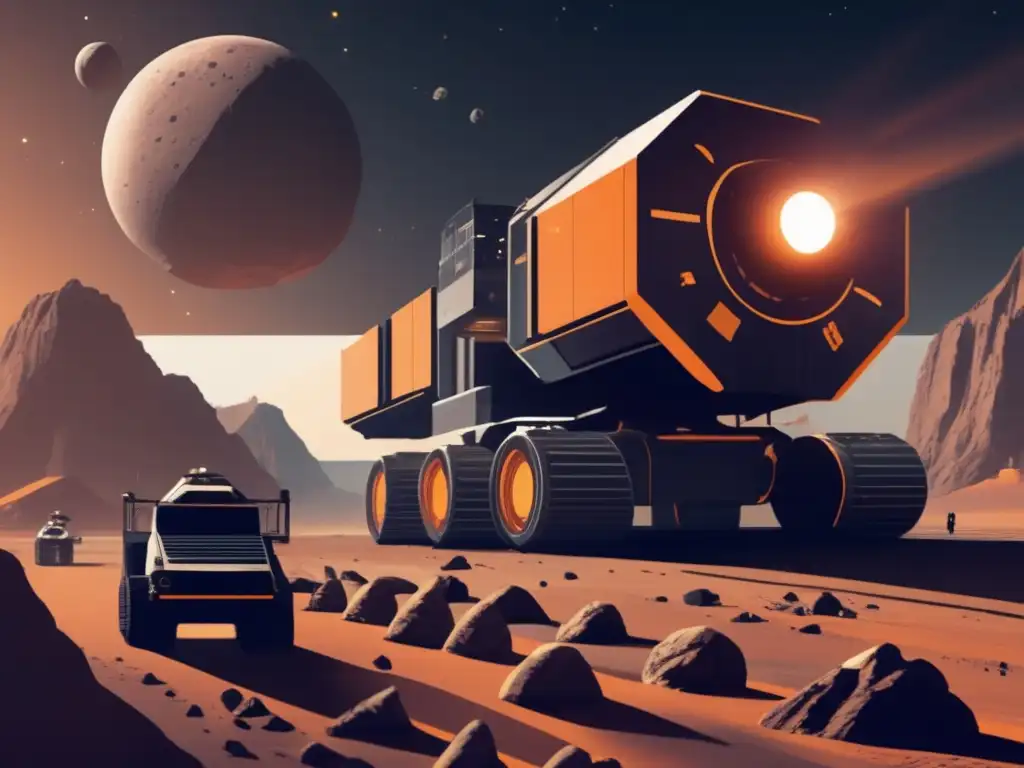
For more information on asteroid mining and related topics, please refer to the following resources:
- NASA - Asteroid Mining
- European Space Agency - Mining Resources from Asteroids
- Space.com - Asteroid Mining
- International Astronautical Federation - International Academy of Astronautics (IADC)
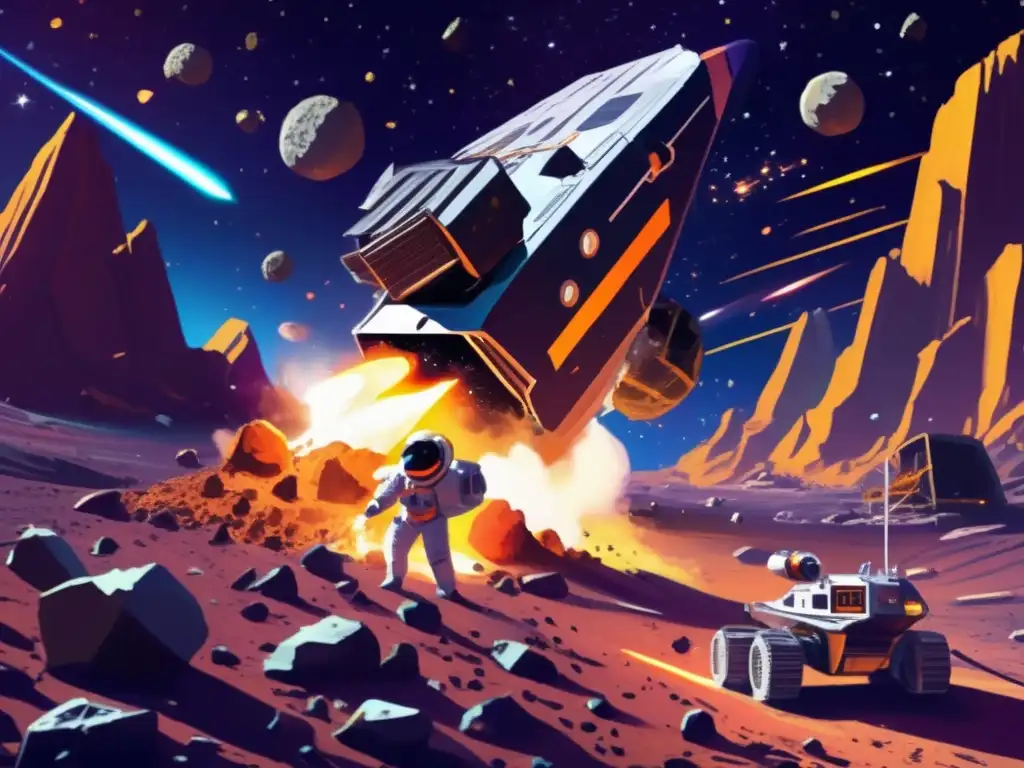 Asteroid Mining And Its Impact On Space Debris
Asteroid Mining And Its Impact On Space Debris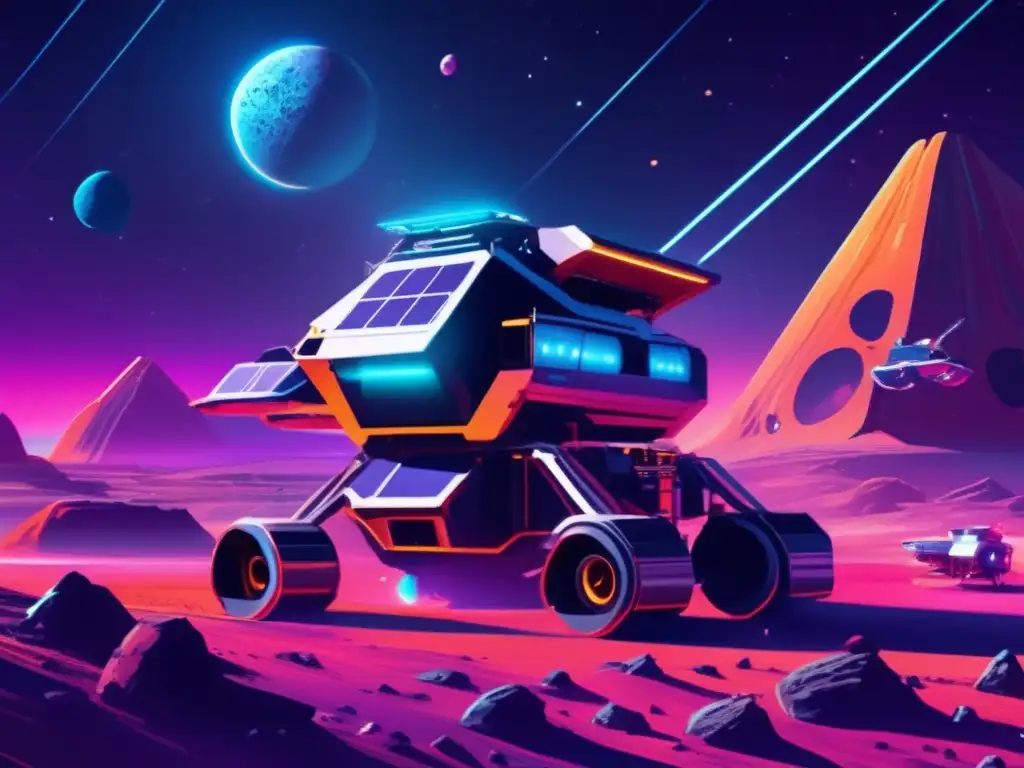 Asteroid Mining And The Future Of Earth's Economy
Asteroid Mining And The Future Of Earth's Economy Asteroid Mining And The Possibility Of Space Settlement
Asteroid Mining And The Possibility Of Space SettlementIf you want to discover more articles similar to Assessing The Risks Of Asteroid Mining Missions, you can visit the Asteroid Mining and Resources category.
Leave a Reply

Articulos relacionados: